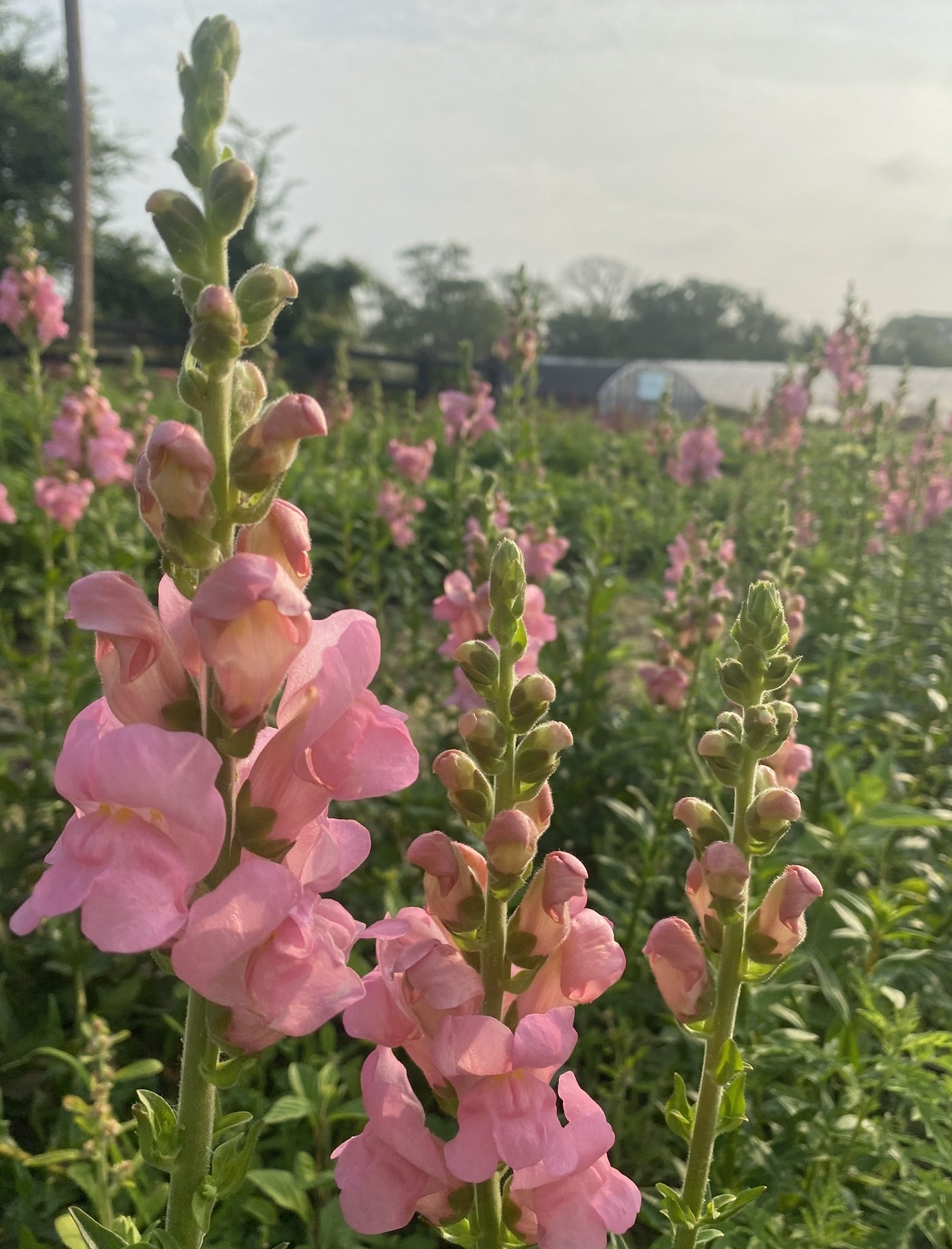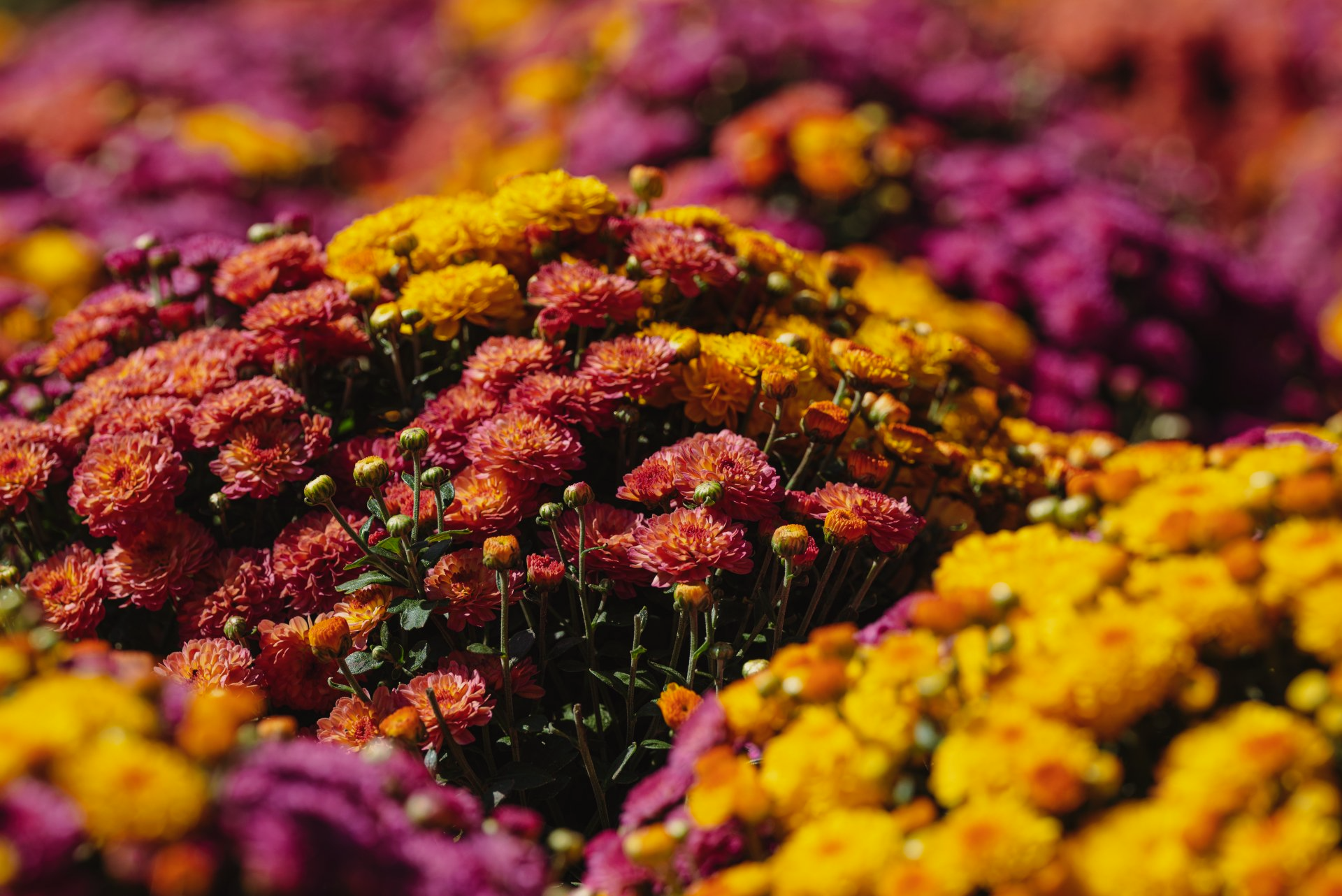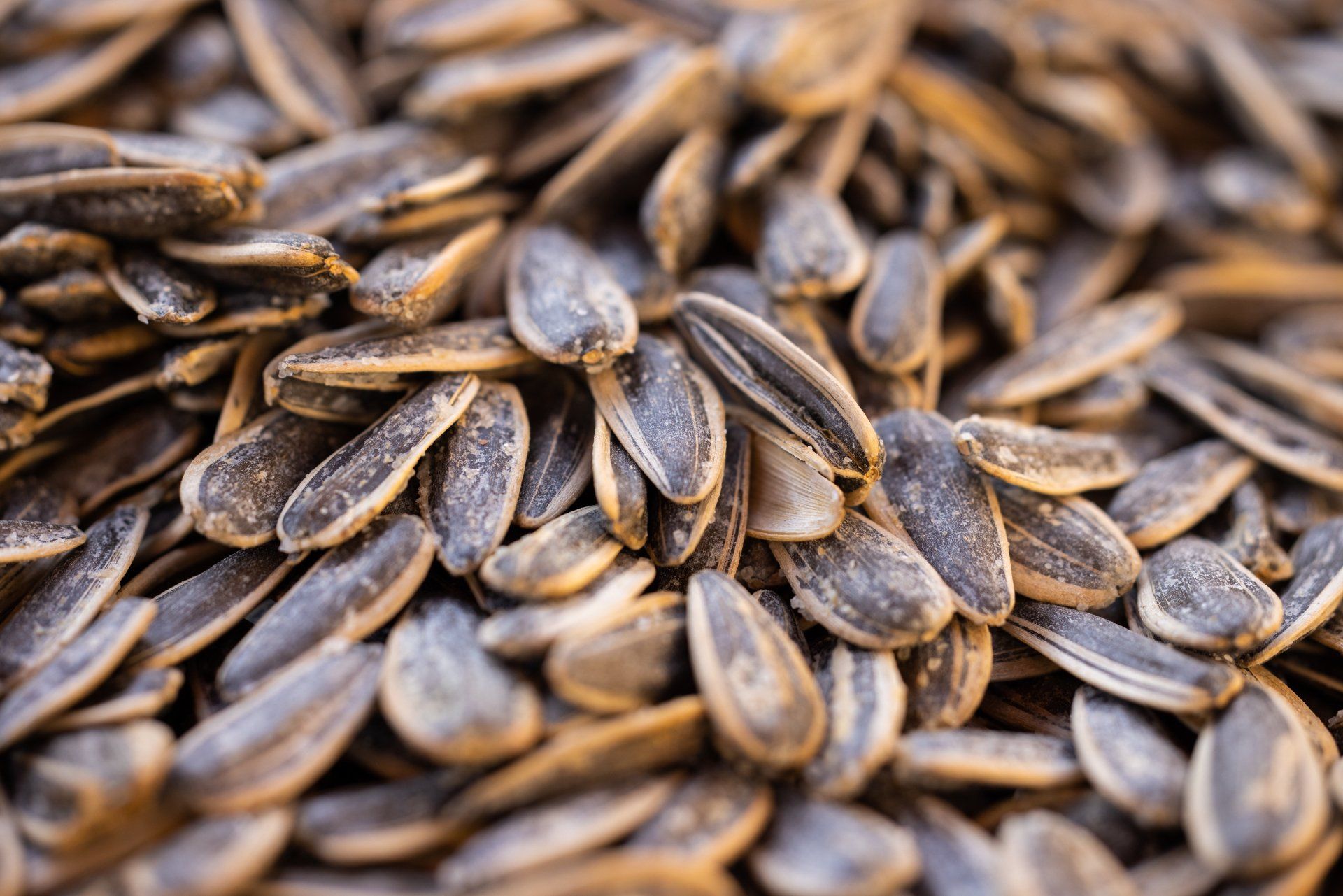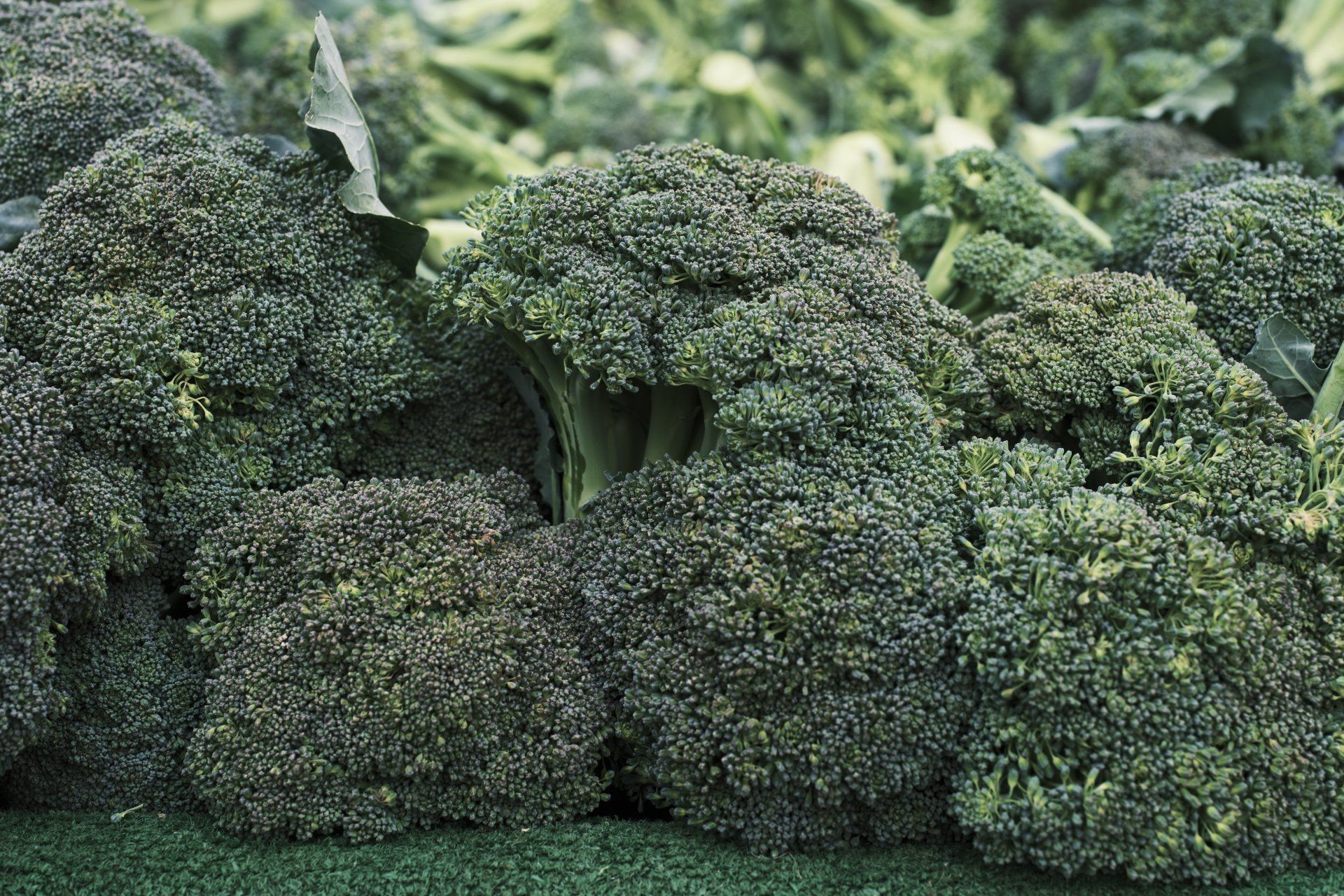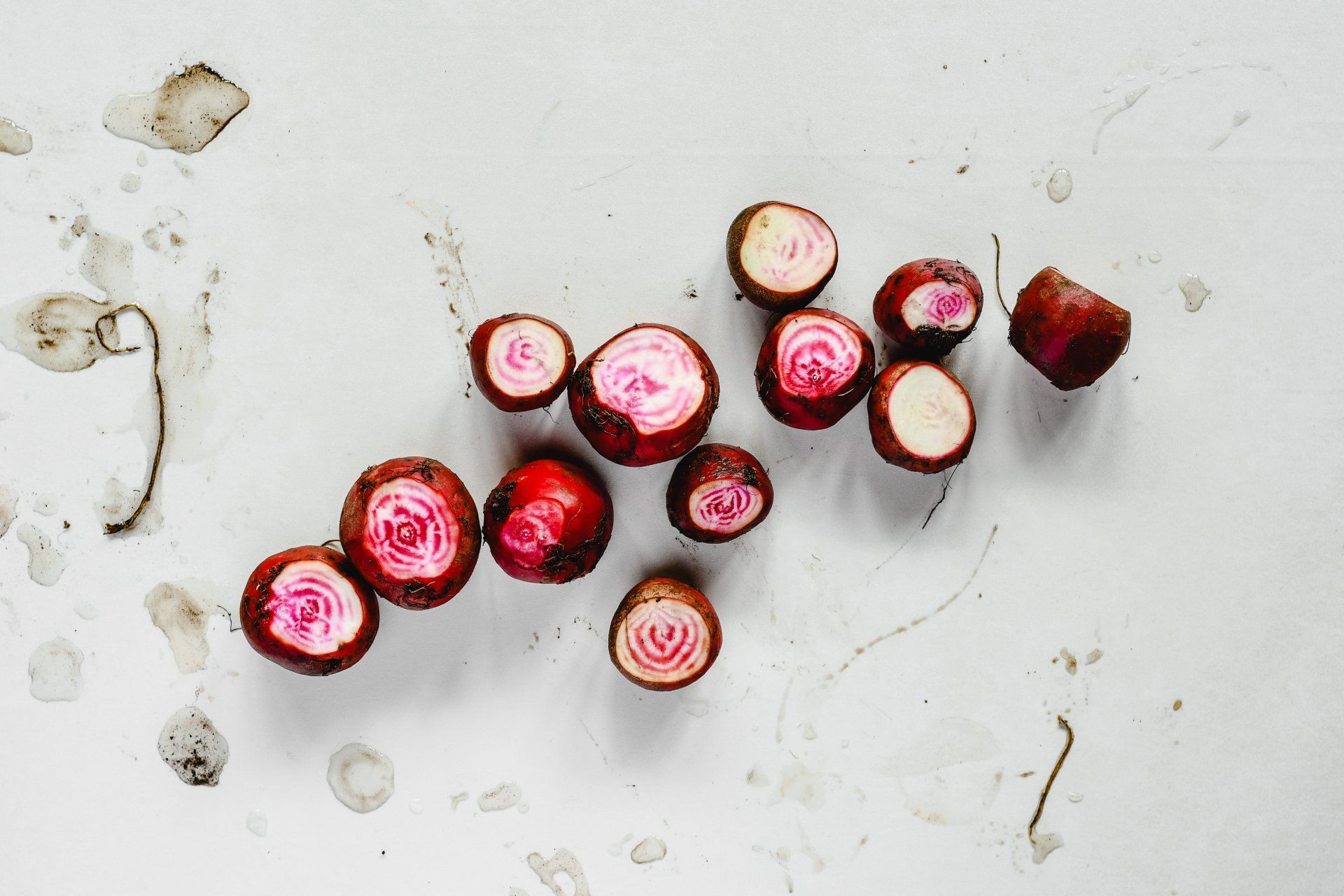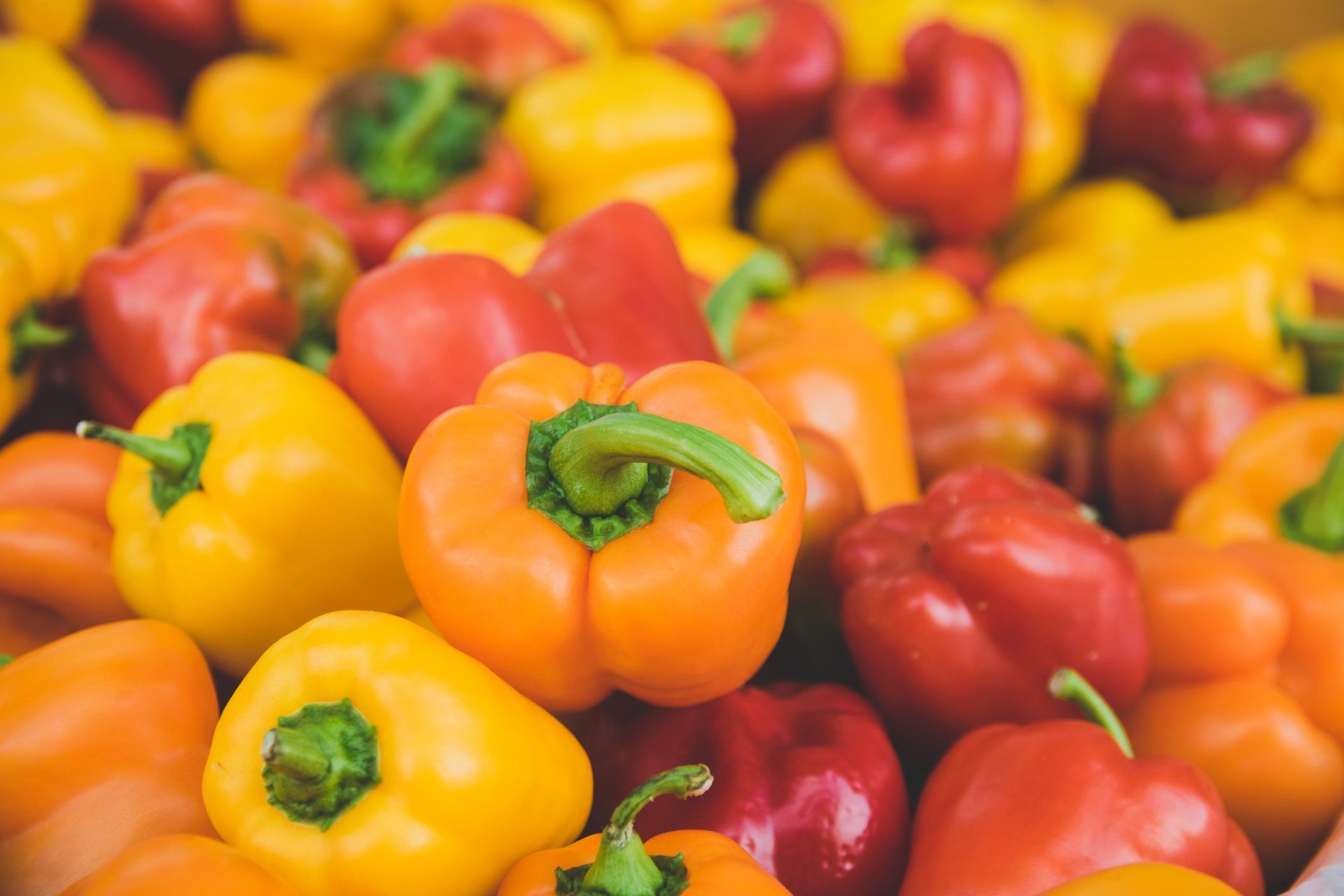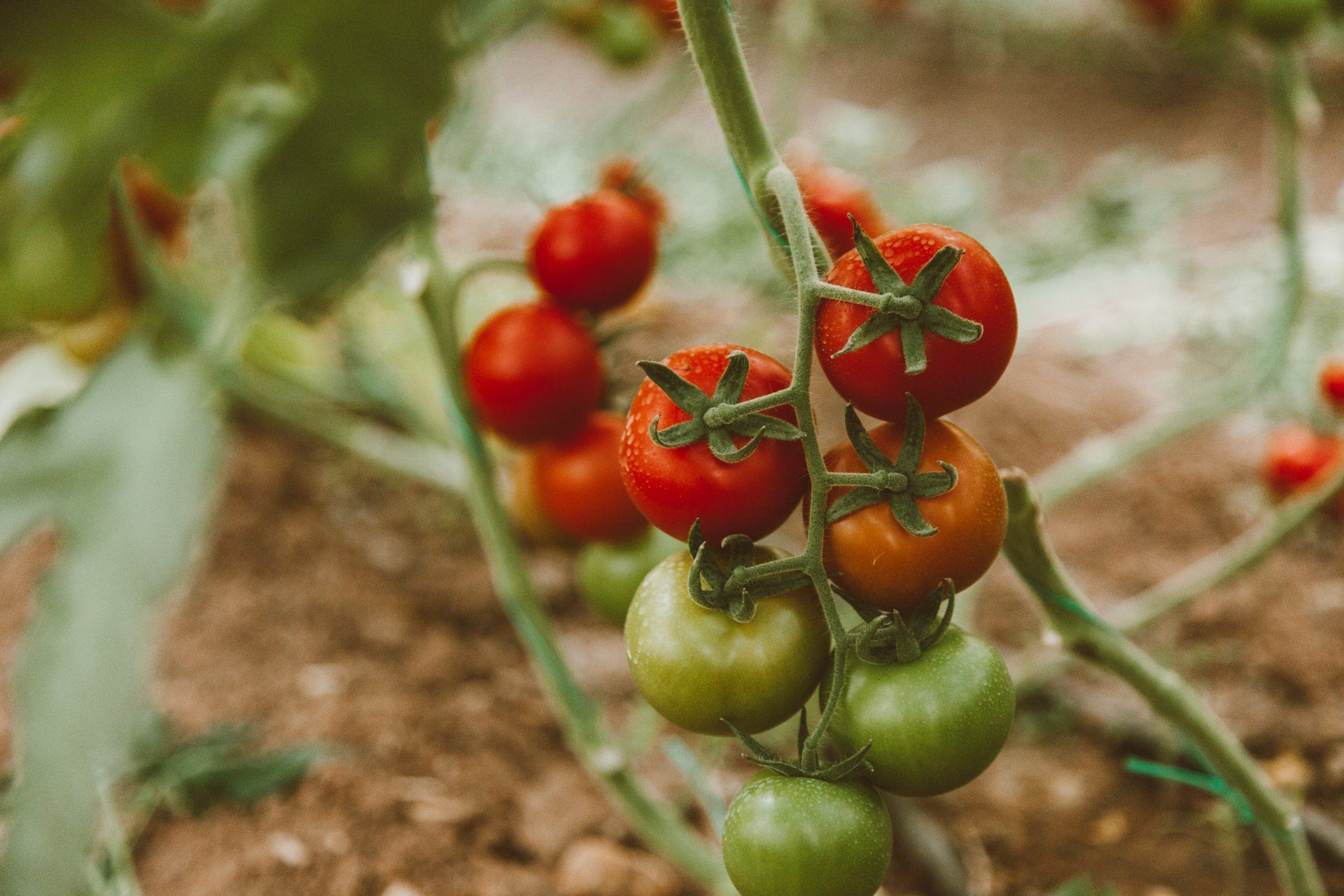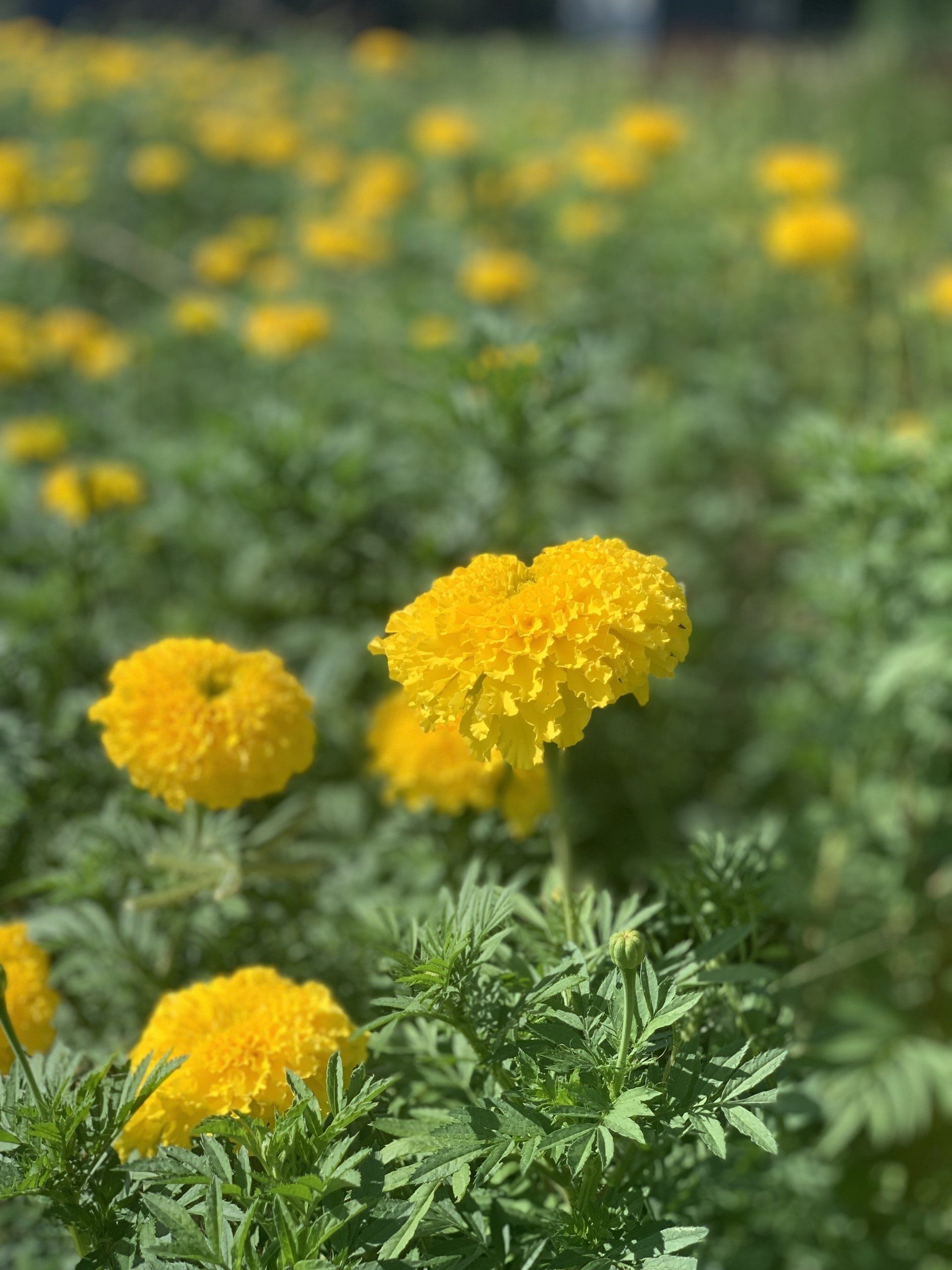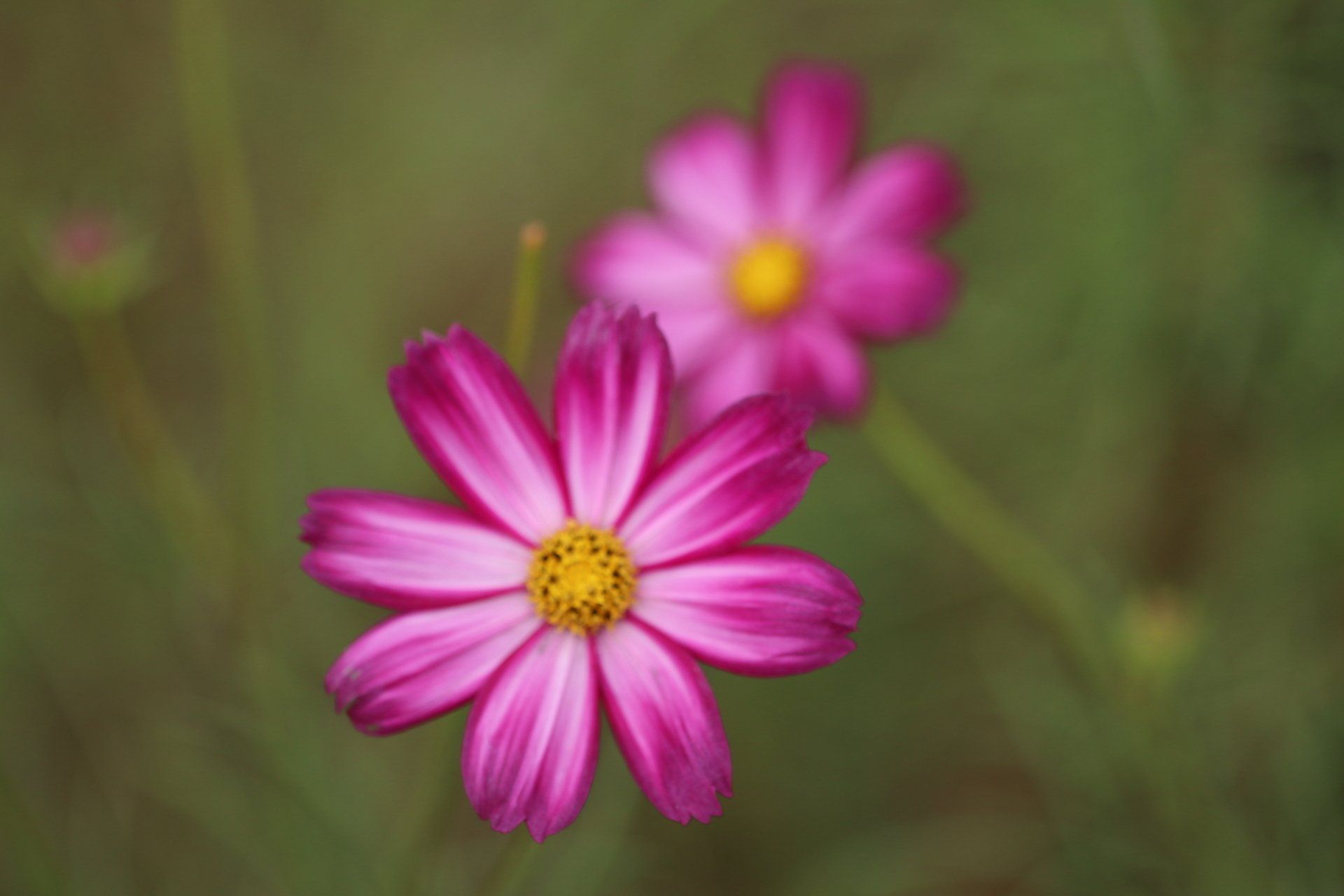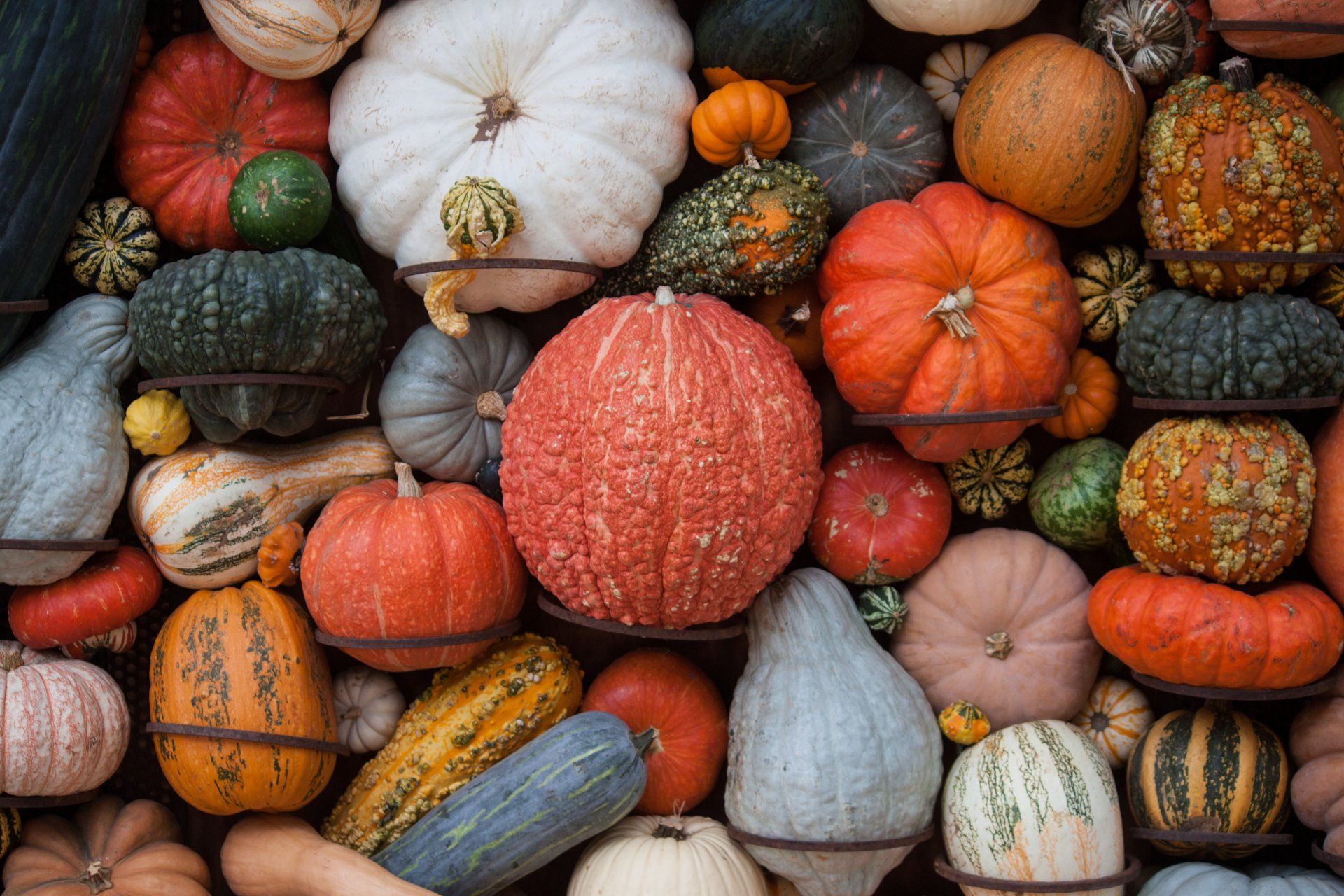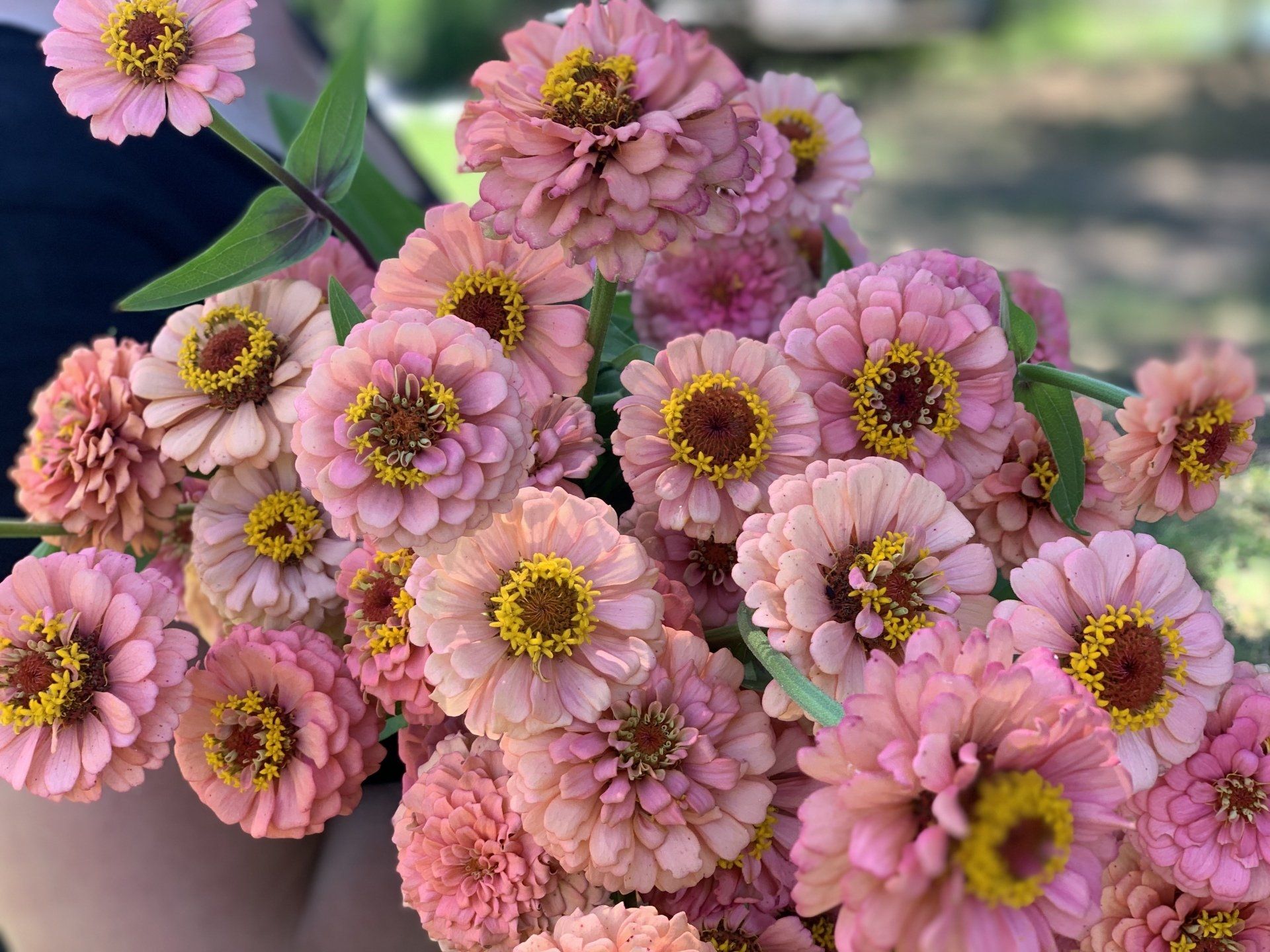Fall Seeds and Frost Protection
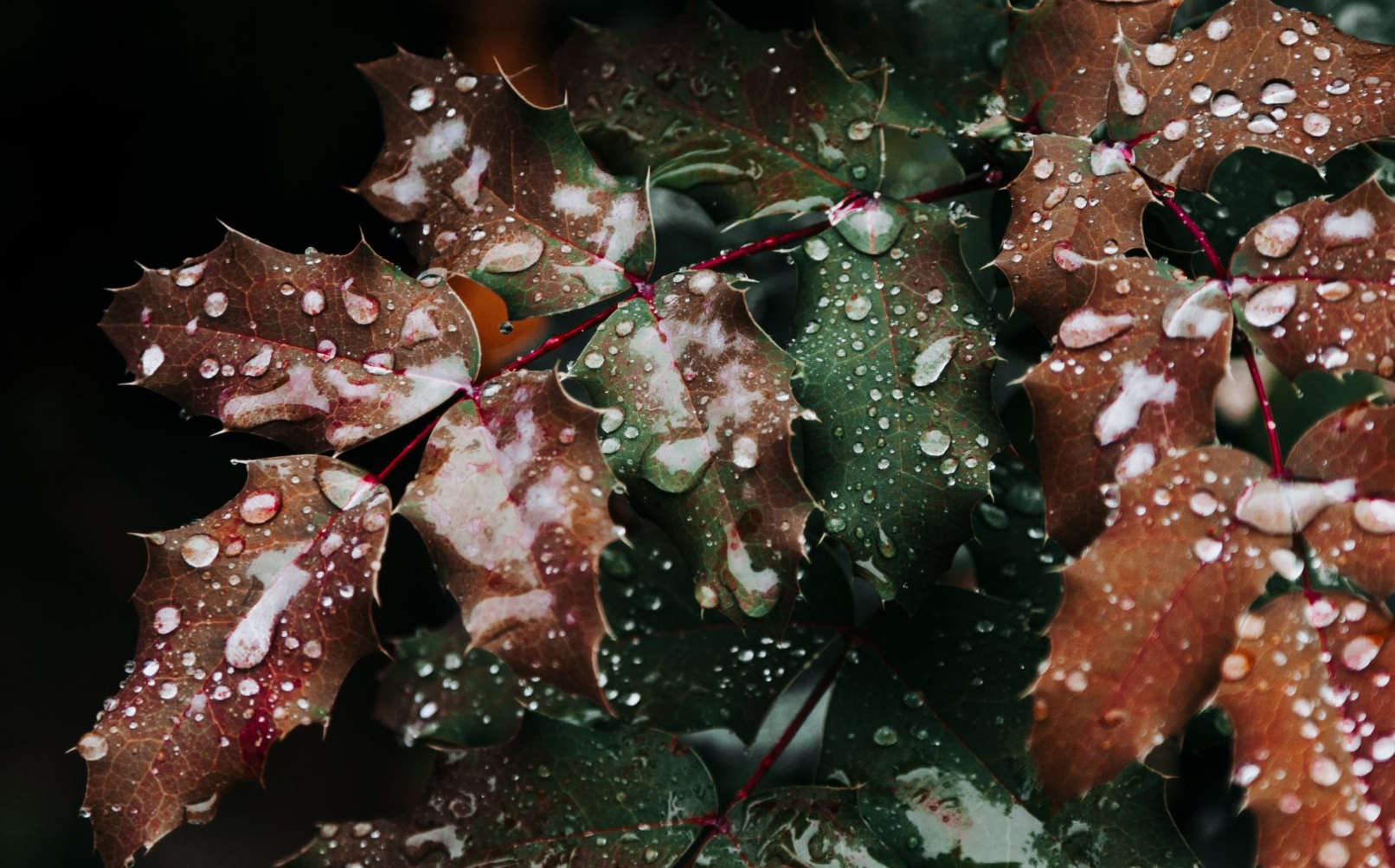
Fall has officially arrived with temperatures finally dropping and cold fronts blowing in much needed rain! As the weather cools off warm hardy plants will begin to slow down, produce seed, and finish their life cycle. The average first frost date is November 28th - December 15th for planting Zones 8 - 9. Once the first frost arrives warm annuals such as zinnias, dahlias, watermelons, tomatoes, and many more will shrivel and die leaving your garden bare. However, there are many cold hardy plants that you may direct seed and transplant now in your garden that can tolerate frosts and light freezes. Seeding and transplanting these plants will keep your garden productive and beautiful during the winter months.
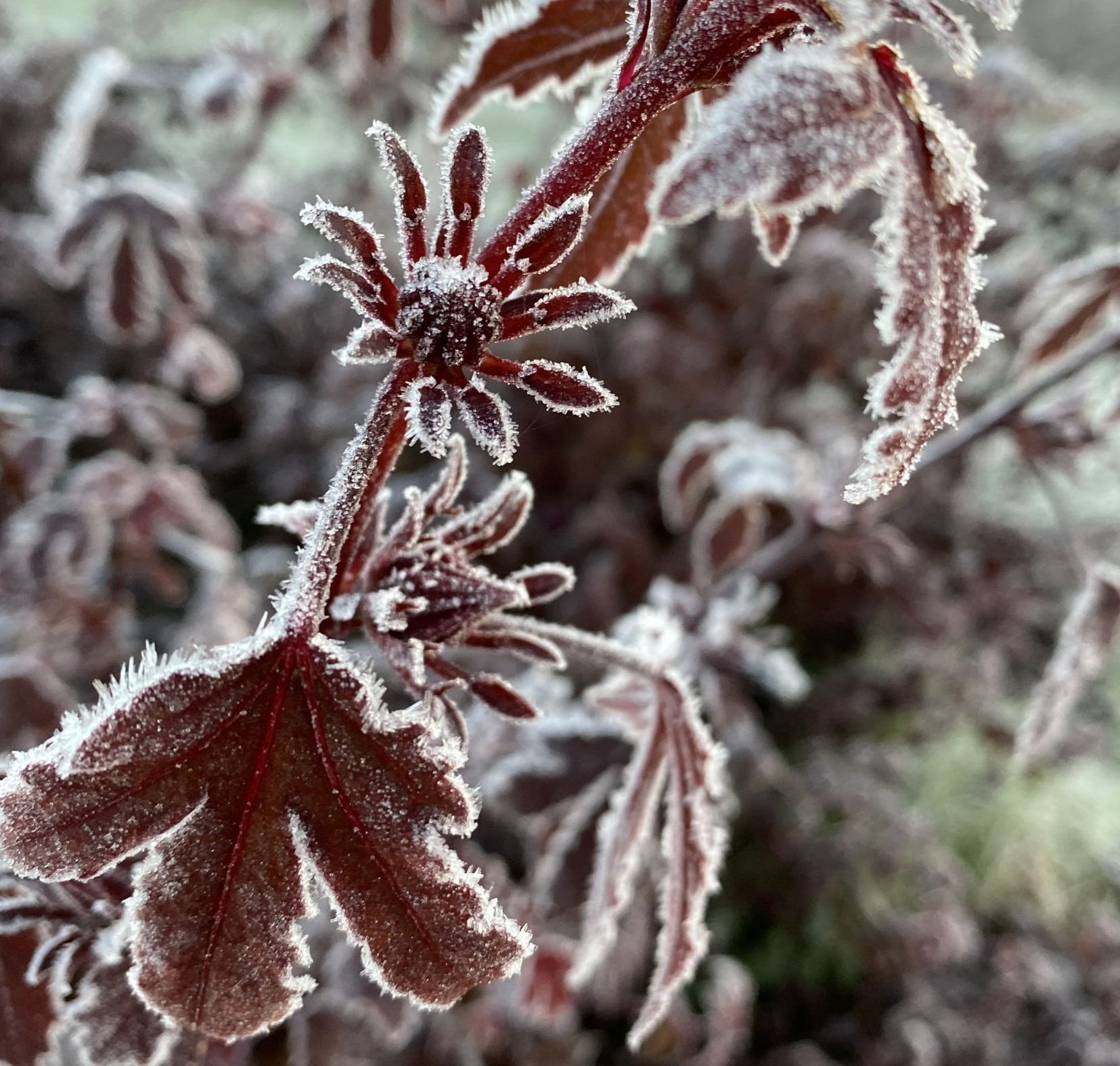
Vegetables: There are many vegetables that are cold hardy. They may be direct seeded or planted as transplants now.
Root vegetables such as Beets, Carrots, Onions, Turnips, Radishes, and Garlic can tolerate temperatures as low as 30℉ to 28℉.
Leafy vegetables such as Collards, Kale, Chard, Leaf Lettuce, Spinach, and Cabbage can tolerate temperatures as low as 30℉ to 27℉.
Broccoli, Cauliflower, and Brussel Sprouts can tolerate temperatures as low as 28℉.
Herbs: In November the best herbs to start are Parsley, Dill, and Cilantro. Parsley and Cilantro are hardy to 10℉, while Dill is hardy to 25℉.
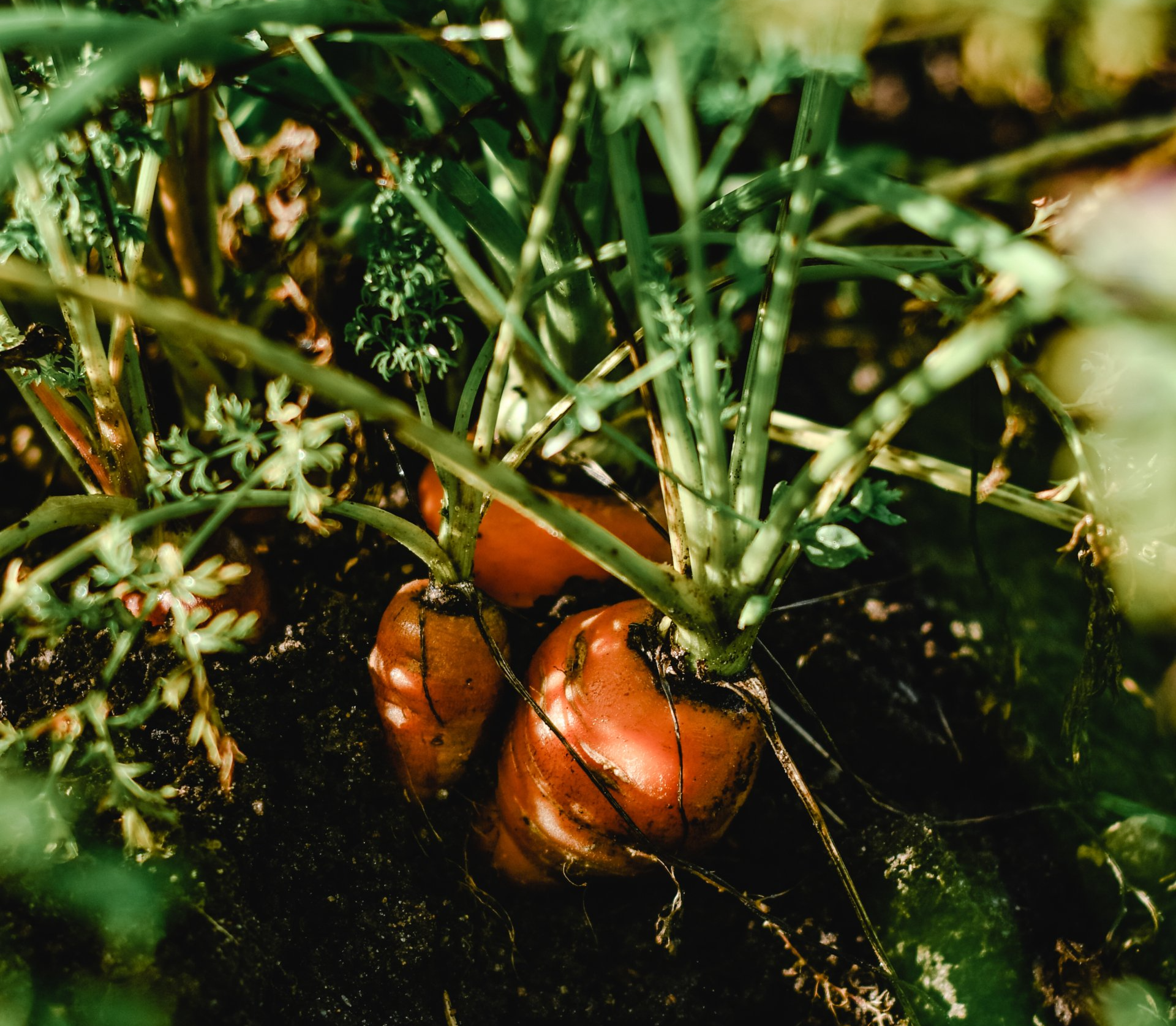
Flowers: There are many beautiful flowers that are cold hardy and frost tolerant. Calendula, Pansies, Violas, Dara, Ammi, Orlaya, Nigella, Dianthus, Snapdragons, Stock are good seeds to start in November. Calendula, Pansies, and Violas can tolerate temperatures as low as 25℉. Orlaya is an extremely tough plant and is tolerant to -5℉! While the other flower varieties are cold hardy they only tolerate a light freeze, or drops in below freezing temperatures for only a few hours.
Protecting Plants from Frost and Freeze: All plants can be damaged by frosts and freezes, even if they are tolerant to temperatures lower than the forecasted temperatures. If you do not want to risk frost or freeze damage, or losing your plants to the cold it is a good idea to cover them to protect them. Covering your plants with a blanket, sheet, or frost cloth will help trap warm air around your plants.
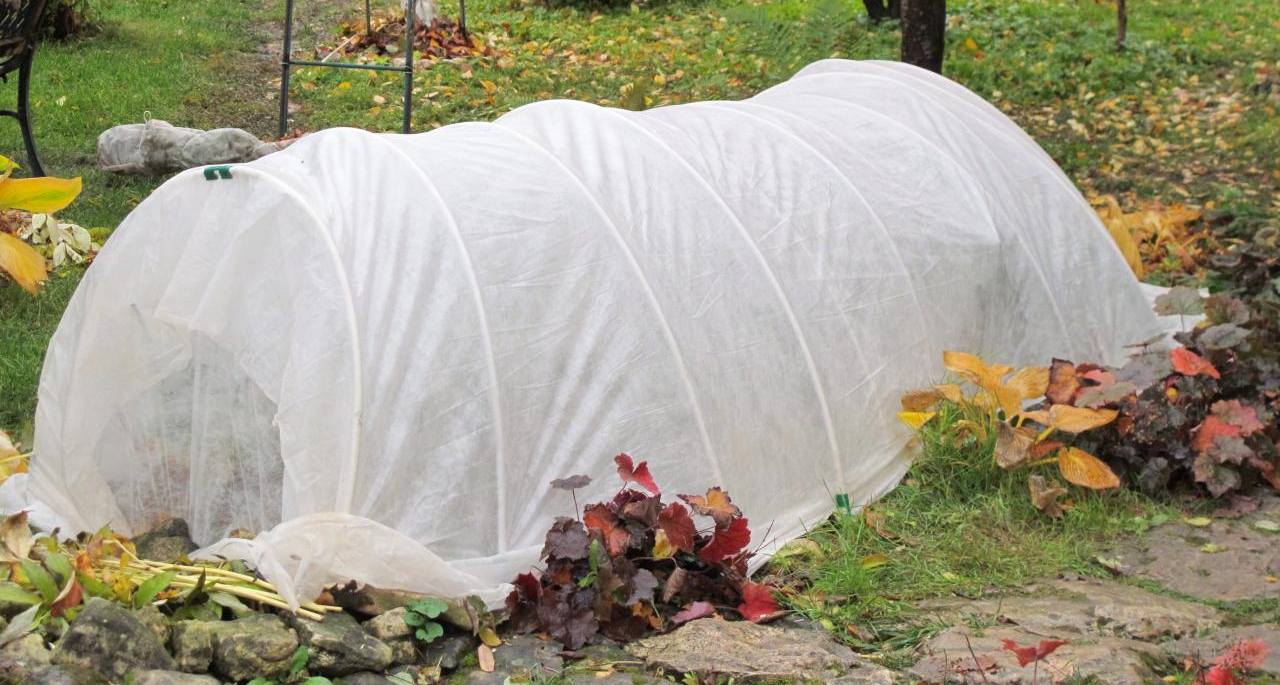
Photo: HGTV
Drape the covering over the plants but do not lay the material on the plants. Use some type of frame, tomato cage, trellis, or poles to support the cover. The cold temperatures and wind may damage the plants if the cover is touching the plant. Weigh down the base of the cover with rocks, bricks, or sandbags to help keep it in place. Before covering your plants water them well, plants that are dry are more susceptible to cold damage and wet soil holds heat longer than dry soil. Cover your plants in the late afternoon or evening just before the sun goes down and before the wind picks up. You may also add mulch around root crops to protect them from cold temperatures. Remove the coverings the next day when temperatures rise to let the sunlight warm up your plants.
Be sure to check the weather forecast often to know when to protect your plants from frost and freezing temperatures. As you protect your plants they will overwinter and continue to thrive. Some winters are harsher than others and you may lose some plants despite your best efforts to protect them. As the seasons change you will have thriving to frost damaged to dead plants along the way, but that is the beauty of gardening.
Happy Gardening!!
